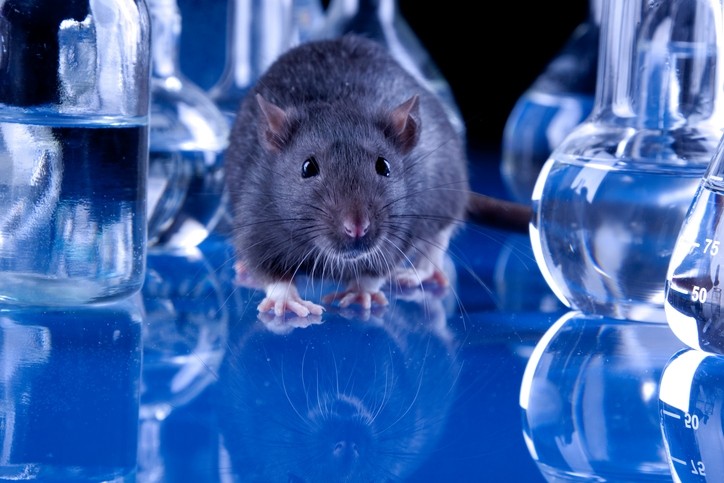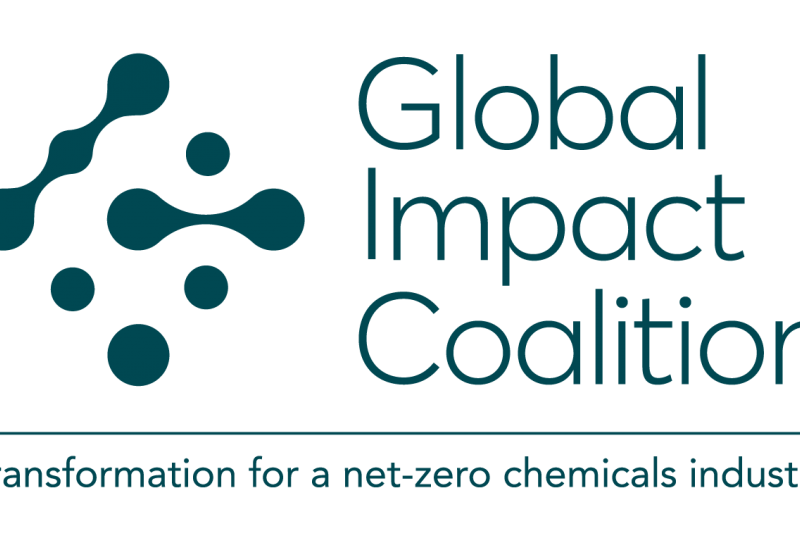Progress being made in non-animal testing: ECHA
ECHA has published its fifth triennial report on the use of alternatives to testing on animals for REACH. Based on data from 12,439 registered substances up until 31 July 2022, it concluded that progress is being made and alternatives are widely used when assessing the safety of chemical substances.
As with previous report, the most common adaptation is read-across, where information from similar substances is used. This is followed by justifications for omitting data (data waiving), combining information from different sources (weight of evidence) and predicting properties from structurally similar substances using computer models (QSAR).
Recent years have also seen a notable increase in the use of in vitro test methods, notably for skin corrosion and irritation, serious eye damage and irritation, and skin sensitisation. Of all new studies between 2019 and 2022 for skin and eye irritation, 90% were performed in vitro compared to 50% over the whole period between 1990 and 2022.
Together with the European Federation of Pharmaceutical Industries and Associations (EFPIA), ECHA has also published an updated set of archived data from unpublished chemical tests available on the IUCLID website. This has added information about the hazard properties of 75 substances from 370 tests, bringing the respective totals to 94 from 517.
This data can help, among other things, to develop predictive computational testing models, read-across and other non-animal test methods. Seven major pharmaceutical companies, including Bayer, GSK, Merck and Novartis, are participating in the initiative.















